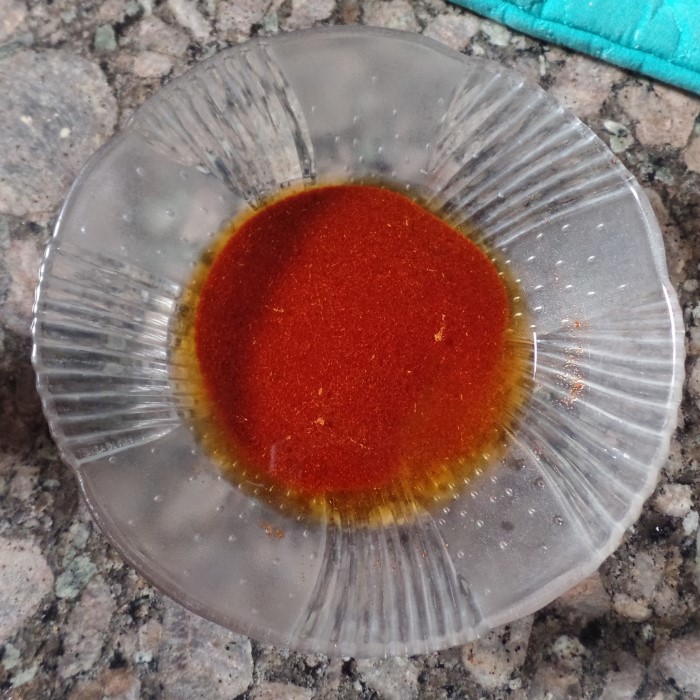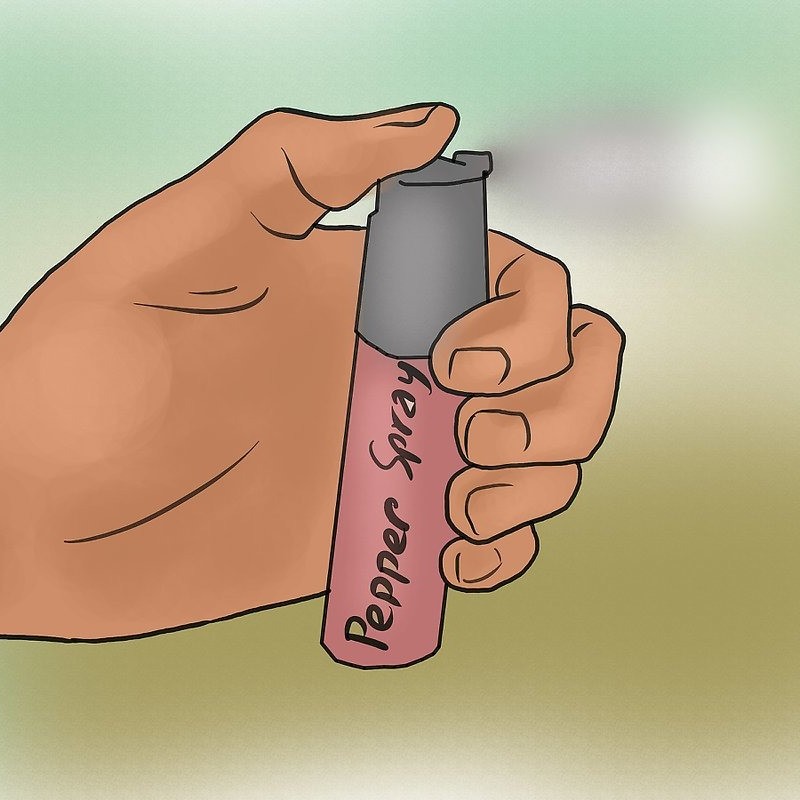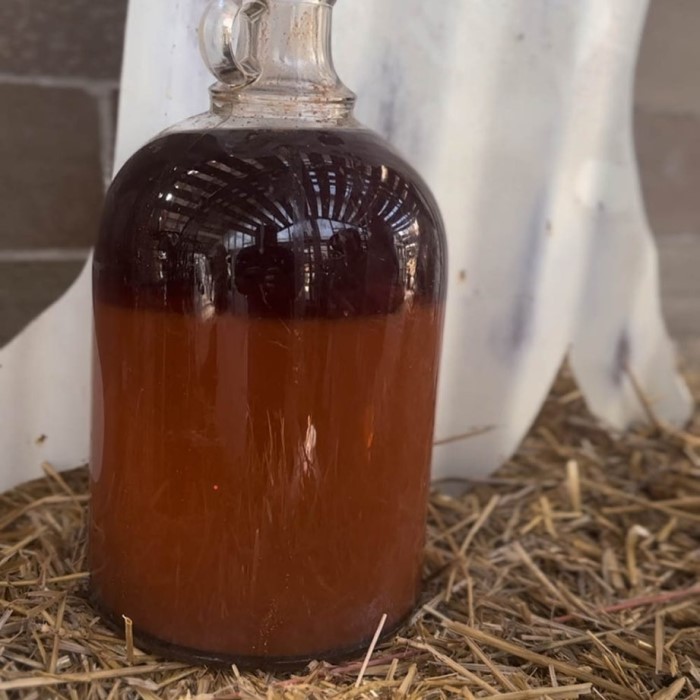In today’s increasingly complex world, personal safety has become a priority for many. Self-defense tools like pepper spray are not just useful; they can be life-saving in dangerous situations. Learning how to make pepper spray at home will empower you by providing a valuable self-defense option that you can customize to your needs. This article will explain the entire process, covering everything from necessary ingredients to step-by-step instructions for creating your own pepper spray.

Understanding Pepper Spray and Its Usefulness
Pepper spray is a widely recognized self-defense product. Its effectiveness is rooted in its key component, capsaicin, which is derived from hot peppers. When sprayed directly at an assailant, it causes immediate discomfort by irritating the eyes, throat, and skin. The spraying creates a chemical reaction that impedes vision temporarily and causes intense pain. This effect gives the person using pepper spray crucial time to escape dangerous situations.
Apart from personal protection, pepper spray utilize in various settings, including college campuses, public transportation, and urban environments. Carrying a self-defense tool promotes a sense of security among individuals, allowing them to navigate public spaces with more confidence. Given the effectiveness and ease of use, knowing how to make pepper spray at home can be an important skill.
Key Ingredients
Creating pepper spray requires specific ingredients that are typically easy to find. Here’s what you will need:
1. Hot Peppers
- Variety of Peppers: The primary ingredient for your pepper spray will be hot peppers. Options include:
- Cayenne: Known for its intense heat and commonly used in many hot sauces.
- Jalapeño: Offers a milder flavor while still providing a good amount of heat.
- Habanero: One of the hottest varieties, adding significant potency to your spray.
- Potency Factors: The effectiveness of the pepper spray is directly tied to the type and quantity of peppers used.
- Heat Level: Different peppers have varying Scoville Heat Units (SHU), which measures spiciness. Choose based on the desired heat level for your spray.
- Quantity Consideration: Using more peppers or a combination of different types can enhance the spiciness.
2. Carrier Liquid
- Purpose: This liquid serves to extract the active component capsaicin from the peppers, making it suitable for spraying.
- Oil Options:
- Olive Oil: A common choice due to its availability and ability to dissolve capsaicin effectively.
- Other Oils: You can also use oils like coconut or vegetable oil, which may provide different scent profiles.
3. Water
- Function: Water serves as a diluting agent, making the solution more manageable for spraying.
- Mixing Ratio: Incorporating water can help balance the mixture and reduce the concentration of capsaicin to a more user-friendly level.
- Performance Improvement: The addition of water can also help the spray cover larger areas.
4. Dish Soap
- Role in the Mixture: A small amount of liquid dish soap aids in emulsifying the solution, which ensures that the oil and water components mix well.
- Adhesion Benefits: By helping the mixture adhere better to surfaces, dish soap increases the effectiveness of the spray when applied.
5. A Spray Bottle
- Importance: A clean spray bottle is crucial for containing your homemade pepper spray.
- Features to Look For:
- Fine Misting Nozzle: This feature helps achieve even coverage of the area you are spraying.
- Ease of Use: Choose a bottle that fits comfortably in your hand and is easy to operate, allowing for quick application when needed.
Having these ingredients prepared beforehand will make the process smoother. It’s advisable to handle hot peppers with extreme caution; wearing gloves can help prevent skin irritation or accidental contact with your eyes.
Step-by-Step Instructions
Making your own pepper spray can broke down into several manageable steps. Follow this guide carefully for best results:
Step 1: Prepare Your Workspace
Before you begin, it’s crucial to set up your workspace. Make sure the area is well-ventilated to avoid inhaling the strong fumes released during the process. Gather all your ingredients and wear protective gear like gloves and goggles to shield yourself from possible irritation.
Step 2: Chop the Hot Peppers
Using a sharp knife, chop your chosen hot peppers into small pieces. Depending on how intense you want your spray to be, you can adjust the number of peppers used. Remember that the more peppers you incorporate, the hotter the spray will be.
Step 3: Combine Ingredients
In a mixing bowl, combine the chopped peppers with one cup of your carrier liquid (oil or alcohol) and one cup of water. Add about one tablespoon of dish soap.
Step 4: Heat the Mixture
Pour the mixture into a saucepan and heat it on medium-low for about 15 to 20 minutes. Stir occasionally to ensure that the capsaicin extract from the peppers. Heating aids in maximizing the extraction of the active compounds, resulting in a more potent spray.
Step 5: Cool and Strain
After heating, remove the saucepan from the heat and let it cool. Once it’s cool enough to handle, strain the mixture through a fine mesh strainer or cheesecloth to filter out solid pieces.
Step 6: Transfer to a Spray Bottle
Carefully pour the filtered liquid into a clean spray bottle. It’s essential that the spray bottle you use design for liquids, preferably one with adjustable settings for spray density.
Step 7: Label and Store Safely
Label the bottle with the date you made it and the ingredients used for your reference. Store your homemade spray in a secure location, out of reach of children. Remember that its effectiveness can diminish over time, so mark frequent checks for its potency and freshness.
The Benefits
Making pepper spray at home offers various advantages. First and foremost, you have complete control over the ingredients and their concentrations. This allows you to create a formula that aligns with your preferences as well as legal requirements in your area.
Creating pepper spray is often less expensive than purchasing pre-made versions. Many brands can be costly due to packaging and branding. When you make it yourself, you eliminate these unnecessary costs while safeguarding yourself effectively.
Another added benefit is that homemade pepper spray can formulate without certain synthetic chemicals that some commercial brands use. For many people, this is a health-conscious choice, considering that some individuals may have sensitivities to artificial components.
Legal Considerations
Research Local Laws:
-
- It is essential to familiarize yourself with the laws governing pepper spray in your area before making or using it.
- Local regulations can differ significantly, so understanding the specific rules in your jurisdiction is crucial for compliance.
Variability of Legal Status:
-
- In some jurisdictions, pepper spray is entirely legal, and individuals are allowed to carry it without special permits.
- However, in certain areas, there may be restrictions on its use, possession, or the specific types of pepper spray that are permitted.
Self-Defense Tool:
-
- Many communities recognize pepper spray as a viable self-defense tool, which can provide an added layer of security for individuals concerned about personal safety.
- It is generally accepted that pepper spray can be used to deter potential threats; however, understanding the context in which it can be used is essential.
Public Use Restrictions:
-
- Some jurisdictions impose restrictions on the use of pepper spray in public places, which may include parks, schools, or government buildings.
- It is crucial to ascertain where you can legally use pepper spray without infringing on local laws.
Specific Formulations and Ingredients:
-
- Different formulations of pepper spray may be governed by distinct regulations in some areas.
- Certain types, such as those with higher concentrations of active ingredients or those designed for animals, might be restricted or require special permits.
Legal Compliance and Protection:
-
- Ensuring that you are compliant with local laws regarding pepper spray not only protects you from potential legal issues but also promotes responsible use of self-defense tools.
- Awareness of legal boundaries will help prevent incidents that could lead to criminal charges.
Responsible Self-Defense Practices:
-
- Remember that self-defense should be about protecting yourself without infringing on the rights and safety of others.
- Use pepper spray only as a last resort, and consider non-violent alternatives whenever possible.
Frequently Asked Questions
Which chemical is used in pepper spray?
The primary active ingredient in pepper spray is capsaicin, derived from hot peppers. Capsaicin is what causes the burning sensation upon contact, making it an effective deterrent for attackers.
What is the raw material of pepper spray?
The raw materials for making pepper spray primarily consist of hot peppers. Other ingredients include water, oil or alcohol as carriers, and dish soap to aid in the dispersion of the spray.
Conclusion
Understanding how to make pepper spray at home is an invaluable skill that enhances personal safety. This DIY solution provides a personalized approach to self-defense while enabling you to control both the ingredients and potency of your spray. Although it is important to follow a careful process to ensure its effectiveness, this guide simplifies the task, allowing you to create this essential safety tool easily. Always stay informed about local regulations regarding the use of pepper spray, so you can utilize it responsibly and effectively.





